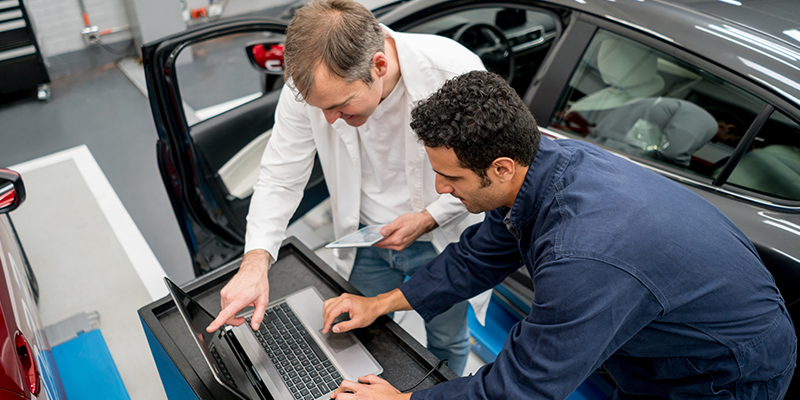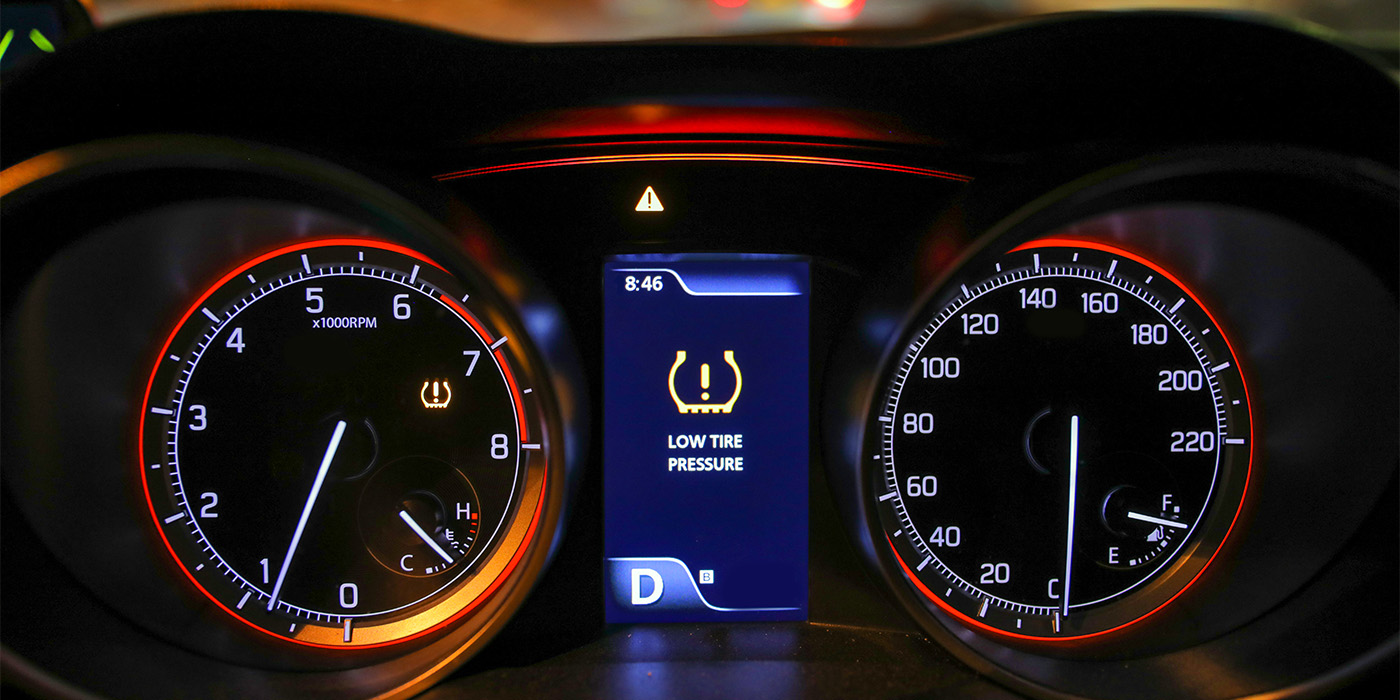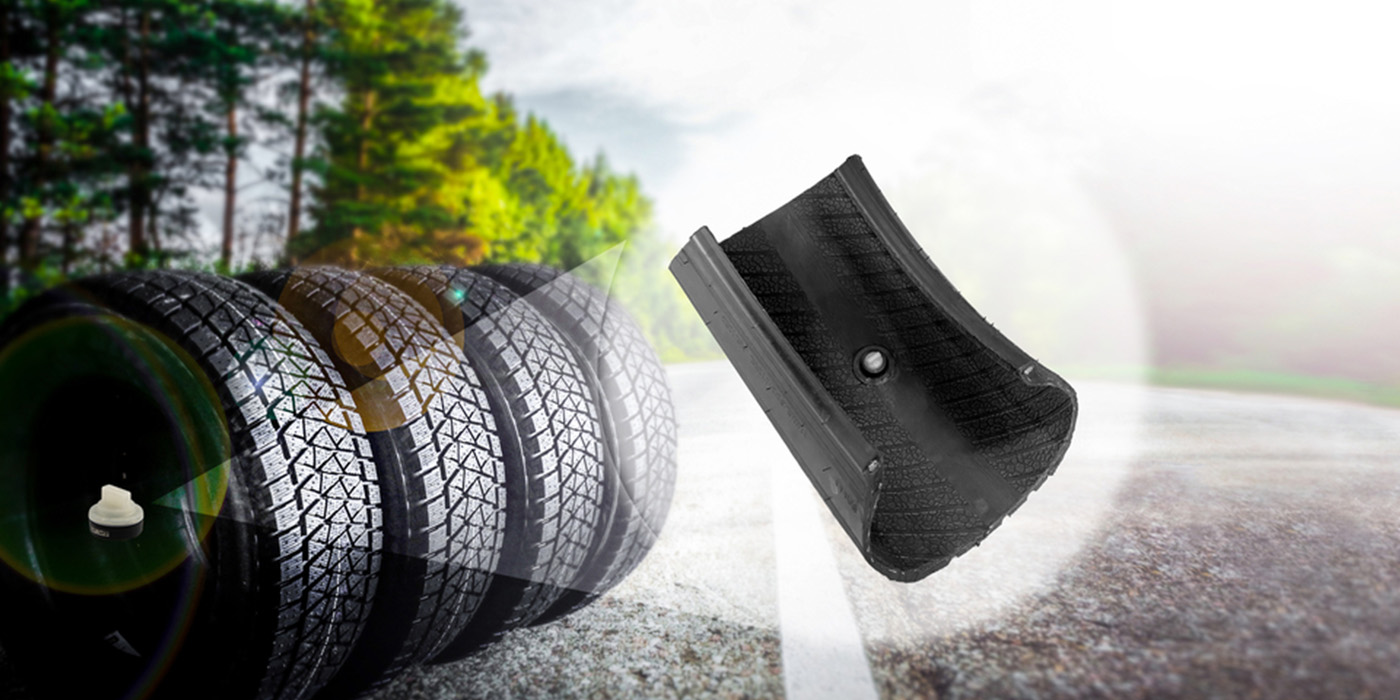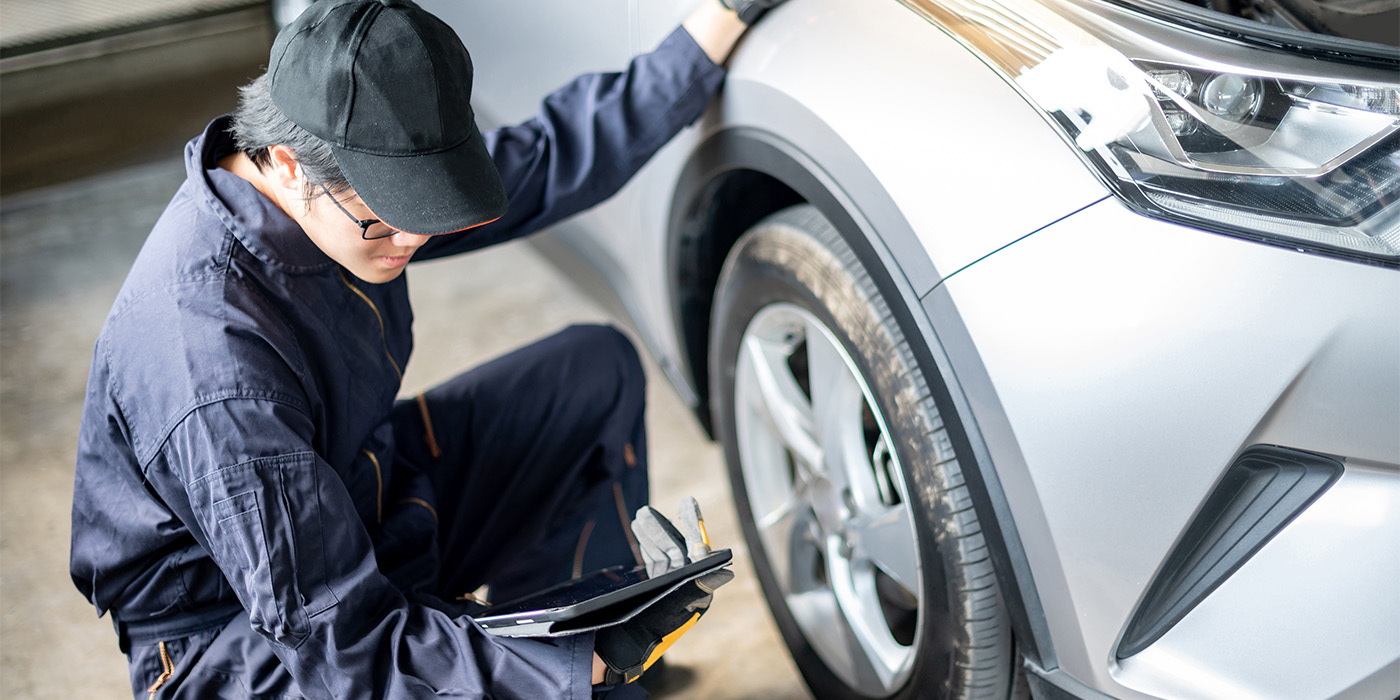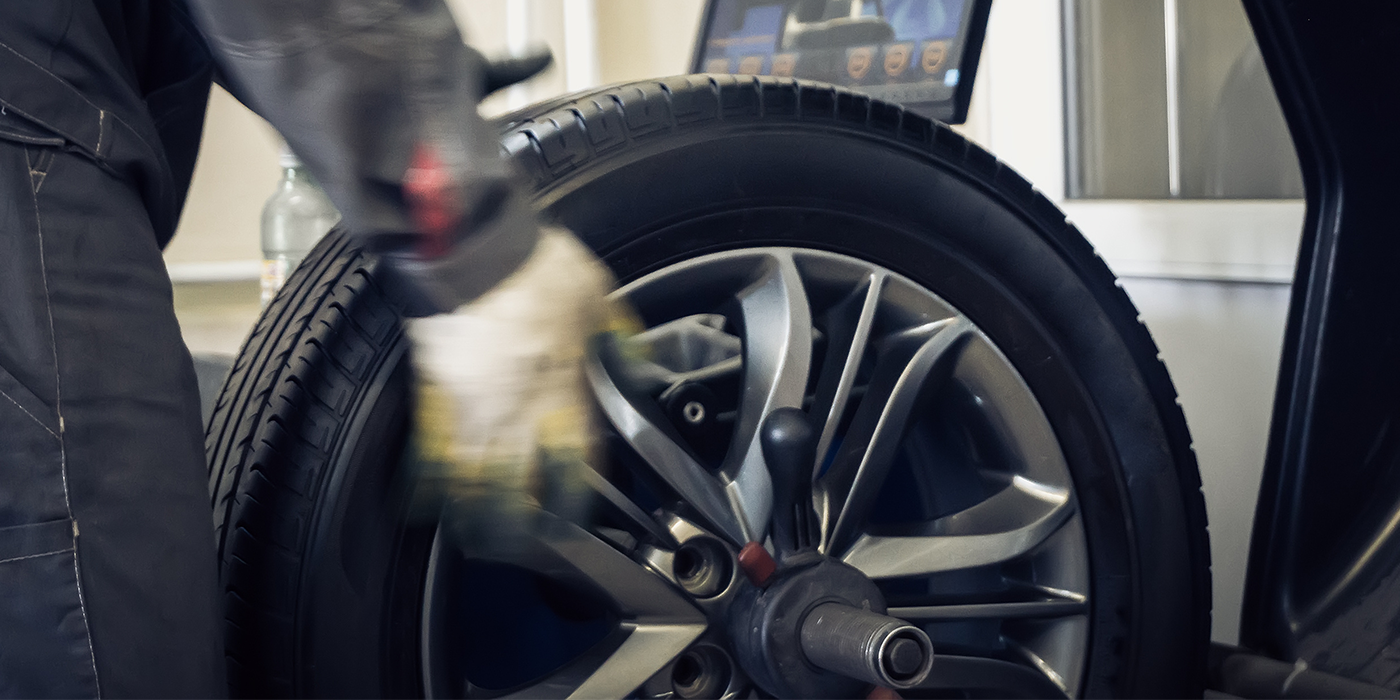Are you confident you are taking full advantage of your tire pressure monitoring system (TPMS) category? Are you seeing the highest profit margins possible? Are your TPMS services being performed efficiently without wasted time, energy and money? If you are like most shops, there is always room for improvement. Here are a few simple things you can do to start seeing the biggest impact of an efficient TPMS program while maximizing profits.
Implement an SOP
First and foremost, develop a standard operating procedure (SOP). At Schrader, we preach this nonstop; it is one of the most important steps you can take to ensure your entire staff is servicing TPMS properly. You have an SOP for tire repair, for oil changes, for wheel alignment. That means you also need to have one for TPMS.
A well-written and consistently followed SOP protects your shop from liability and from the responsibility of fixing any pre-existing issues on customer vehicles. SOPs save time by diagnosing the underlying issue or issues quicker, allowing for faster turnovers. The transparency of an SOP also gives you something to show the customer, explaining what you are doing during the service and why.
Assign Staff Roles
Consistently check in and assess your staff’s knowledge and understanding of their unique role in TPMS services. It’s not just about getting the light off. Optimized TPMS service requires continuous technical education, buying the right product, servicing the system properly, communicating with the driver and creating a loyal customer.
The counter person is the first and last customer impression of TPMS, and your shop is dependent on that interaction. Make sure they know their important role in educating the driver on the benefits of keeping a functional TPMS system. They need to be instructed on how to walk the customer through your shop’s SOP for servicing TPMS and explain why each step is taken. Transparency is key to developing trust and creating a loyal customer.
The technician needs to be communicating with the counter person and following that SOP consistently. They need to stay up to date on the latest TPMS technology, as it is constantly improving. They should also be holding each other accountable to proper service.
The shop manager needs to be dedicated to offering OE-quality products and they need to hold everyone accountable to their responsibilities. Change happens from the top down, the shop manager needs to set the tone that your shop provides only exceptional service, especially when it comes to safety procedures like TPMS.
MORE COVERAGE: Take a look at Tire Review’s latest issue
Market Your TPMS Services
Marketing your TPMS services in as many ways as possible is very important in optimizing the category. Your customer might not understand what the TPMS symbol means on their dashboard. Many might just be ignoring it. Make sure that the TPMS symbol is visually present in your shop so it can be easily recognized and then hopefully initiate a service.
If your TPMS supplier does not help you with resources to market TPMS, get a different supplier. This is a crucial step in being successful with TPMS. Make sure they offer the right support, like driver education materials and in-store information, to ensure you’re successful with their TPMS program. The customer needs to understand why it is so important to keep their system functioning and why the investment is worth it.
Smaller marketing steps add up as well. A POS display or a bucket of old, corroded sensors kept at the counter are great visual aids in delivering this message. Add TPMS to your menu board, to your social media pages and to your website to get the word out.
As with most automotive services, optimizing your TPMS category comes down to high-quality product and excellent customer service. A confident, informed customer will earn you the good kind of “come back.” Getting your TPMS services organized, your team on board and your customers educated is a recipe for success.
Jacki Lutz is the Global Head of Communications, Training and E-Commerce for Schrader TPMS Solutions, a global leader in TPMS. She is a TIA ATS instructor and serves on a variety of industry boards.

